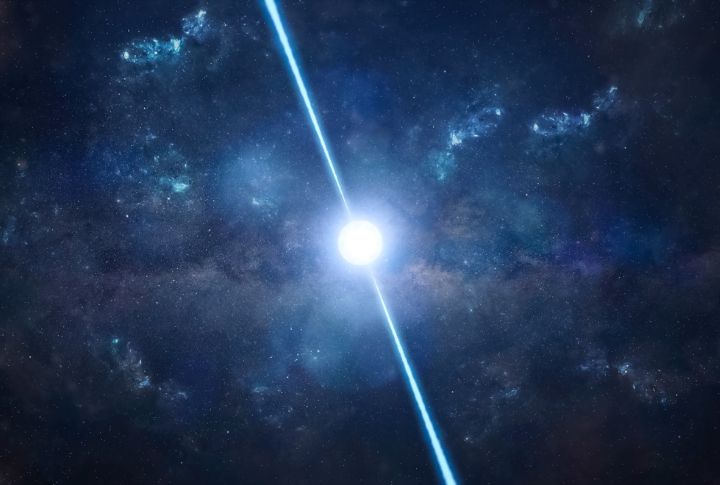
Stars and their life cycles have always been a fascinating subject for astronomers. While most stars follow a predictable lifespan, some defy the odds and survive longer than expected. One such star has puzzled scientists for decades due to its unique ability to rejuvenate every 80 years. By studying this celestial body, astronomers hope to acquire new insights into the processes that govern the life and death of stars. You will learn more about this intriguing star and its secrets in this article.
Enigmatic Stellar Behavior

T Coronae Borealis, or the “Blaze Star,” is a recurrent nova located in the constellation Corona Borealis. Unlike typical novae, which undergo periodic explosions, T Coronae Borealis experiences irregular outbursts that make it a fascinating object of study in astronomy.
Unique Stellar Classification
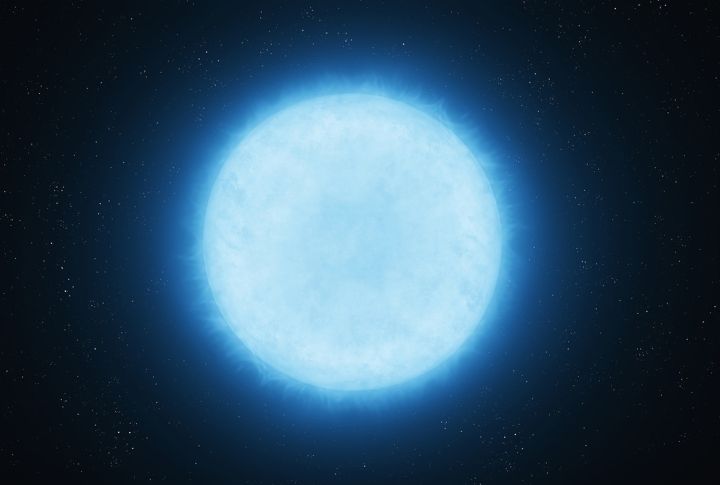
T Coronae Borealis belongs to a rare class of stars known as recurrent novae. These stars are characterized by episodic eruptions that repeat on timescales ranging from decades to centuries. These eruptions occur when material from a companion star accretes onto a white dwarf in a binary system.
Historical Observations
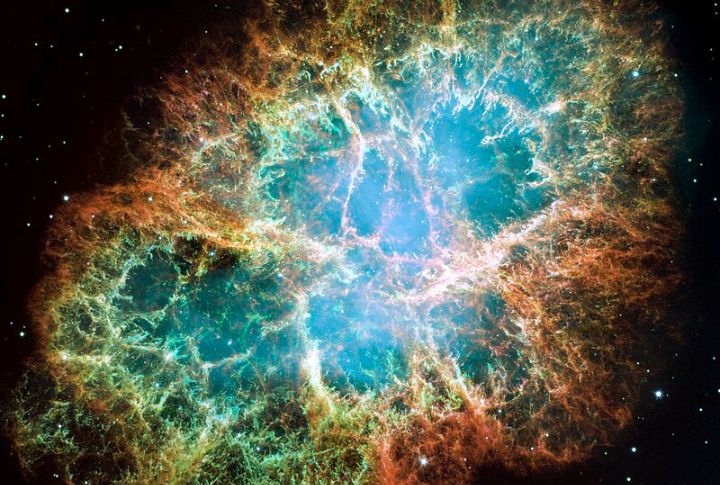
The first recorded eruption of T Coronae Borealis was observed in 1866, making it one of the earliest recurrent novae to be identified by astronomers. Subsequent eruptions have occurred irregularly, with notable outbursts recorded in the 20th and 21st centuries.
Outburst Mechanism
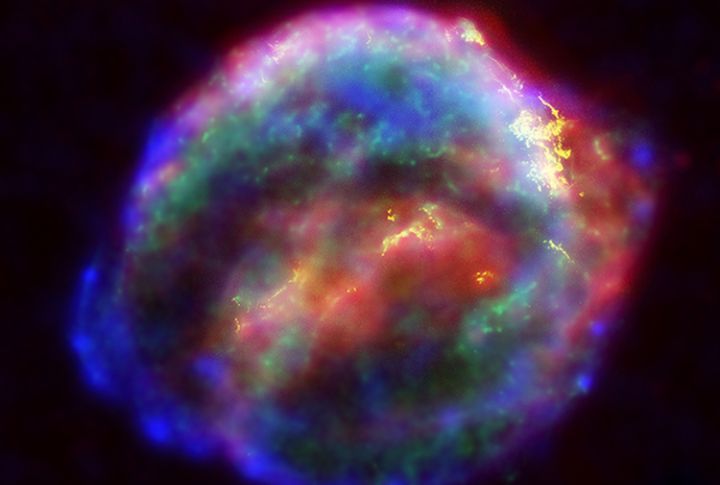
The outbursts of T Coronae Borealis are triggered by a thermonuclear runaway process that occurs on the surface of the white dwarf. This process involves the rapid ignition of hydrogen-rich material accreted from its companion star, resulting in a sudden increase in brightness visible from Earth.
Variable Luminosity

T Coronae Borealis exhibits a wide range of luminosity during its outbursts, with peak magnitudes ranging from visible to naked-eye visibility. These fluctuations in brightness make it a challenging but rewarding target for astronomers studying the dynamics of recurrent novae.
Binary Star System
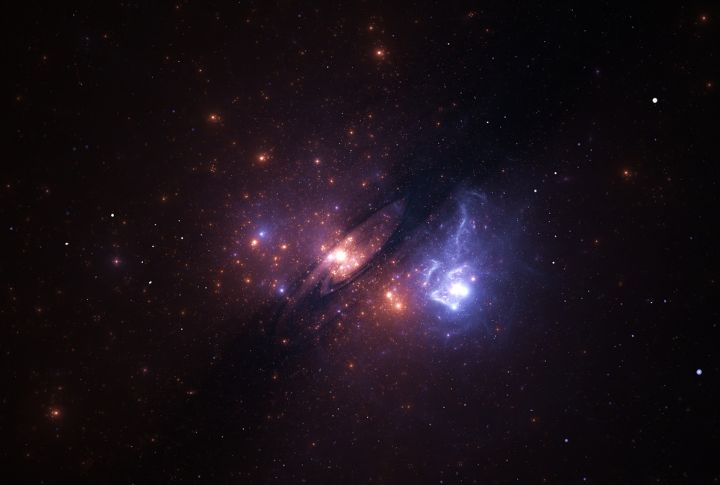
This nova is part of a binary star system, which consists of a white dwarf primary star and a companion star that donates material to the white dwarf’s accretion disk. The interaction between these two stars drives the recurrent nova eruptions observed in T Coronae Borealis.
Evolutionary Stage
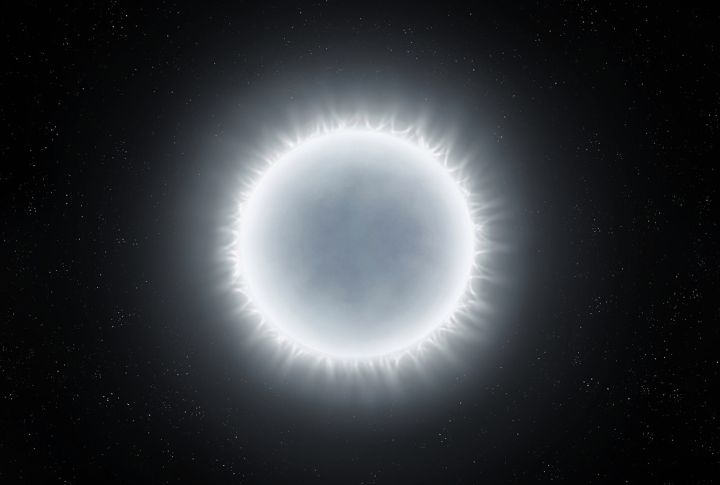
The white dwarf in this novas star system is believed to be nearing the Chandrasekhar limit. It’s the maximum mass a white dwarf can attain before a catastrophic collapse and becoming a Type Ia supernova. Understanding the evolutionary path of T Coronae Borealis provides important information on the late stages of stellar evolution.
Observational Challenges

Studying T Coronae Borealis presents observational challenges due to its irregular outbursts and unpredictable behavior. Astronomers employ a combination of ground-based telescopes and space-based observatories to monitor its activity and gather data during its periodic eruptions.
Astronomical Significance
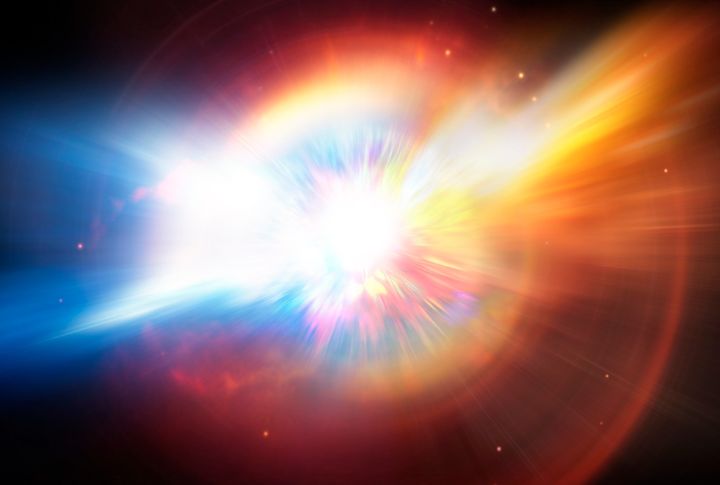
It provides priceless insights into the physics of nova eruptions and the dynamics of binary star systems. Astronomers can refine theoretical models and better understand the mechanisms driving recurrent nova explosions.
Future Observations

Astronomers continue to monitor T Coronae Borealis for signs of future outbursts, aiming to capture data that will enhance our understanding of this enigmatic recurrent nova. Long-term observational campaigns and dedicated monitoring efforts contribute to ongoing research into the nature of T Coronae Borealis and similar stellar objects.
Citizen Science Contributions

Amateur astronomers are crucial in monitoring T Coronae Borealis and reporting its outbursts to professional observatories. Citizen science initiatives encourage amateur stargazers to contribute observations and data, enriching our collective knowledge of recurrent novae and other astronomical phenomena.
Stellar Evolution Implications

Studying this star has broader implications for understanding stellar evolution and nucleosynthesis. By analyzing the chemical composition of the material expelled during eruptions, astronomers can gain insights into the processes that enrich the interstellar medium with heavy elements.
International Collaboration

Astronomers worldwide collaborate on observational campaigns and research projects on T Coronae Borealis. International cooperation allows researchers to pool resources, share data, and coordinate efforts to study this intriguing recurrent nova and its implications for astrophysics.
Educational Outreach

It captures the public’s imagination and interest in astronomy, serving as a captivating example of the nature of the universe. Educational outreach programs and public engagement initiatives use T Coronae Borealis as a tool to inspire curiosity and foster scientific literacy.
Continued Discovery
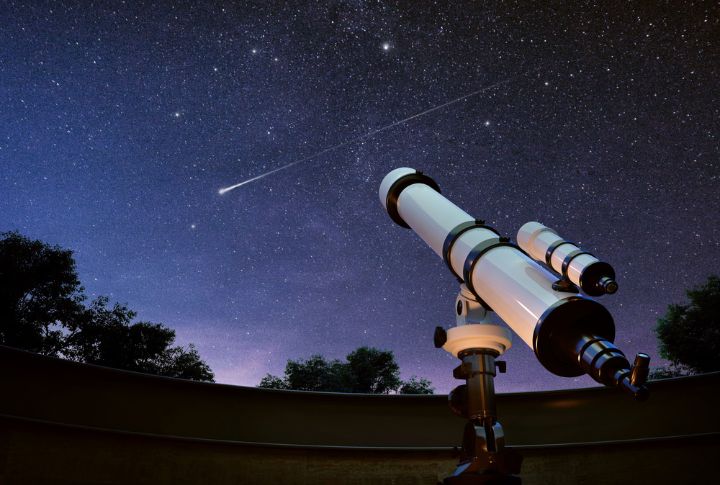
As our observational techniques and scientific understanding continue to evolve, T Coronae Borealis remains a subject of ongoing discovery and exploration in astronomy. Each new outburst offers astronomers an opportunity to uncover new insights into the behavior and properties of recurrent novae like T Coronae Borealis.

Comments
Loading…